Harnessing the Power of Digital Twins: A New Frontier in Public Health and Environmental Resilience
Imagine a city bracing for an extreme heatwave, with hospitals filling up and vulnerable communities at risk. Now, imagine predicting that event for weeks and simulating life-saving strategies before disaster strikes. Digital twins, advanced models that combine real-time data with geospatial analytics and AI, are turning this vision into reality. From forecasting climate scenarios to preventing disease outbreaks, digital twins are transforming public health and climate decision-making across the globe. This blog explores the groundbreaking potential of digital twins and how they could revolutionize your approach to solving real-world challenges.
SCIENTIFIC INSIGHTS INTO AI AND GEOSPATIAL TECHNOLOGIESTECH FOR PUBLIC HEALTH
Scott Pezanowski
10/6/20246 min read
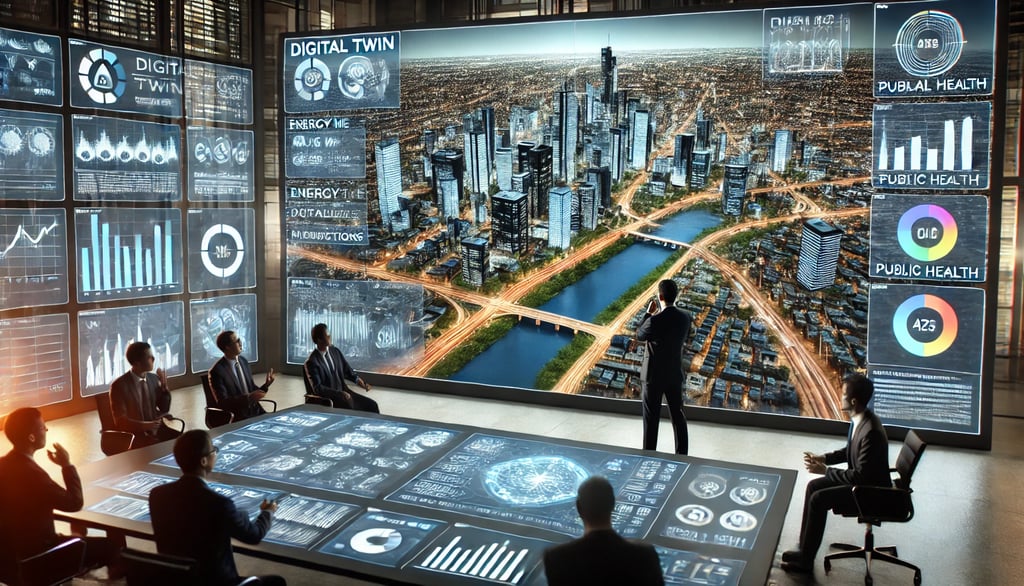

Imagine saving lives before a disaster strikes. Picture a public health official preparing for an impending heatwave. Hospitals are already filling up, and vulnerable communities are at risk. Now, imagine that the same official could predict this event weeks in advance and run simulations on the best strategies to mitigate its impact. This scenario isn't science fiction—it's happening now, thanks to digital twins of the Earth. These advanced models transform how we approach climate action, environmental sustainability, and public health.
Digital twins provide dynamic, real-time digital replicas of our planet. They are not just static 3D models of cities or landscapes but robust, interactive systems constantly updated with real-time satellite data, weather models, and climate data. These models enable decision-makers to run "what if" scenarios and see the impact of various human interventions like cutting emissions or redesigning urban infrastructure to withstand climate extremes.
Digital Twins Revolutionizing Climate and Health
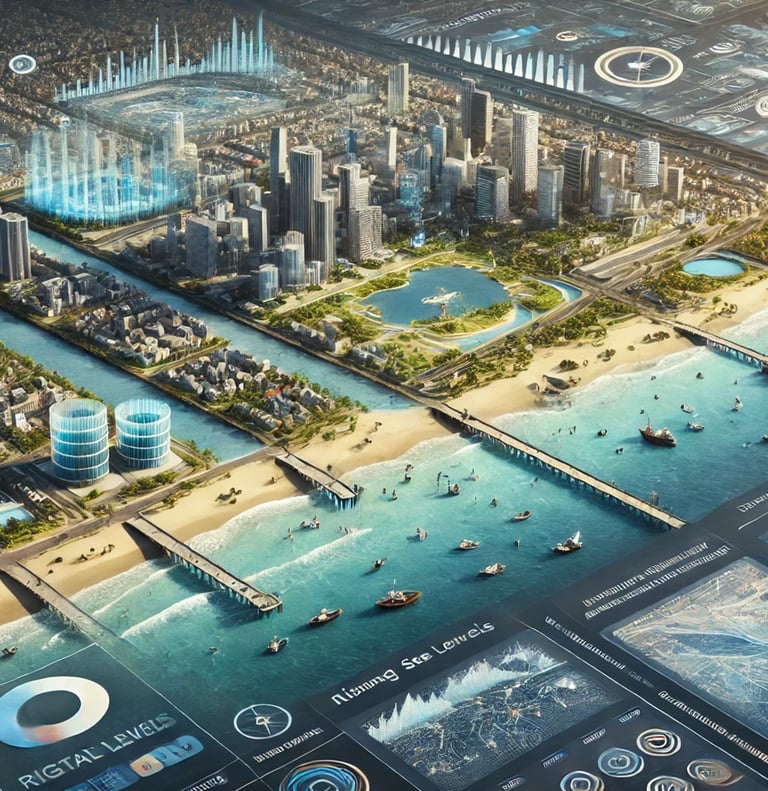

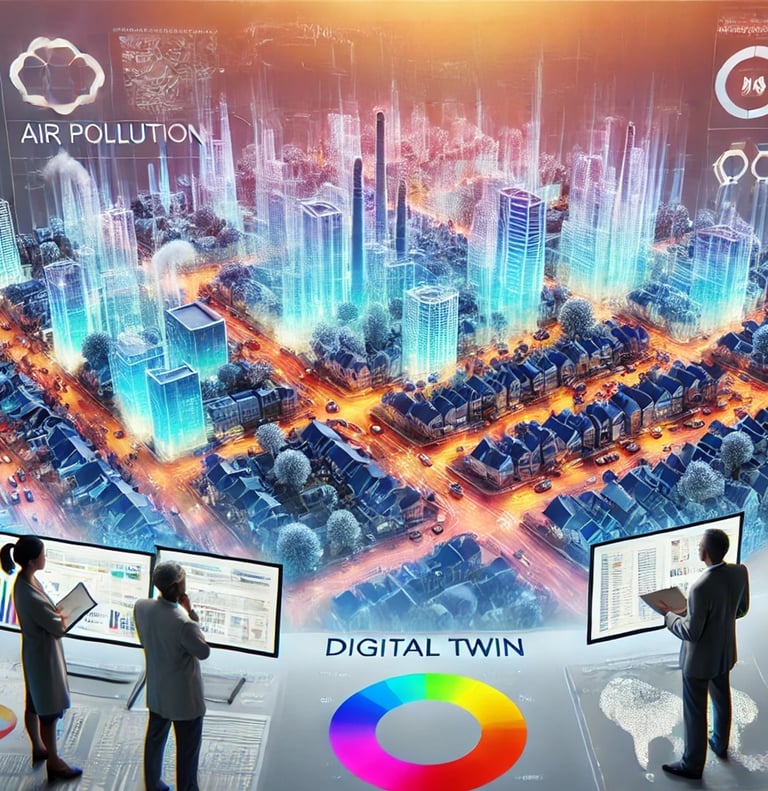

The Power of Digital Twins in Predicting the Future
When most people hear "digital twin," they picture a virtual replica. However, digital twins go far beyond simple visual representations. A true digital twin involves real-time data integration that can predict disease outbreaks or floods and provide actionable insights to mitigate their effects. Imagine predicting how reducing global emissions by 30% would impact coastal cities or simulating the effects of new regulations on local air quality. These technologies can transform environmental planning and public health strategies.
For instance, climate modeling with AI is a key application of digital twins. Climate models have long been used to forecast weather patterns, but integrating real-time data and human behaviors into these models makes them even more powerful. We can now simulate future climate scenarios and understand the ripple effects of human activity on our planet.
A recent study published in Communications Earth & Environment takes this concept even further. The paper highlights the importance of putting humans at the center of digital twins, not just modeling natural systems but also incorporating human behaviors and policy decisions. This holistic approach is essential for understanding the true complexity of global challenges like climate change.
Hazeleger, W., Aerts, J. P. M., Bauer, P., Bierkens, M. F. P., Camps-Valls, G., Dekker, M. M., Doblas-Reyes, F. J., Eyring, V., Finkenauer, C., Grundner, A., Hachinger, S., Hall, D. M., Hartmann, T., Iglesias-Suarez, F., Janssens, M., Jones, E. R., Kölling, T., Lees, M., Lhermitte, S., … Vossepoel, F. C. (2024). Digital twins of the Earth with and for humans. Communications Earth & Environment, 5(1), 463. https://doi.org/10.1038/s43247-024-01626-x
How Digital Twins Work
Building a digital twin for climate or health involves several complex steps, from collecting vast amounts of data to simulating real-world scenarios. It starts with data collection, pulling from sources like satellite imagery, climate models, and Earth observations. This data is cleaned and pre-processed to ensure accuracy before it's used to create a dynamic model. Once the data is ready, AI and machine learning are applied to simulate future events, from disease spread to environmental changes.
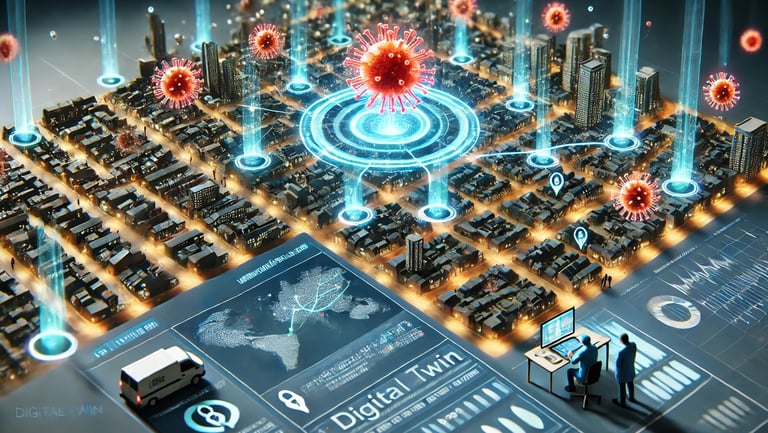

For example, imagine a city dealing with the spread of infectious diseases. A public health official could use a digital twin to track the virus's movement through neighborhoods in real time, helping contain the outbreak before it spirals out of control. This technology could also predict how vulnerable populations might be impacted by extreme heat events or air pollution, allowing emergency services to prepare beforehand.
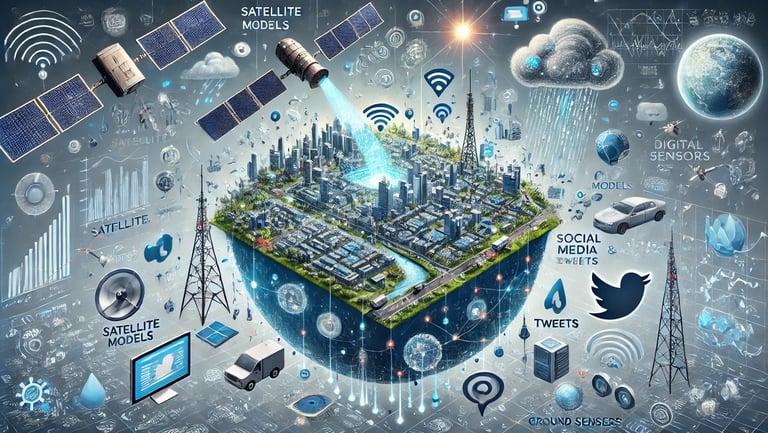

Real-World Applications of Digital Twins
The possibilities for digital twins are endless. Governments can simulate how new environmental policies affect their countries, and businesses can test how sustainability initiatives influence their carbon footprint. In public health, digital twins can model the long-term effects of air pollution in specific communities or predict the spread of diseases.
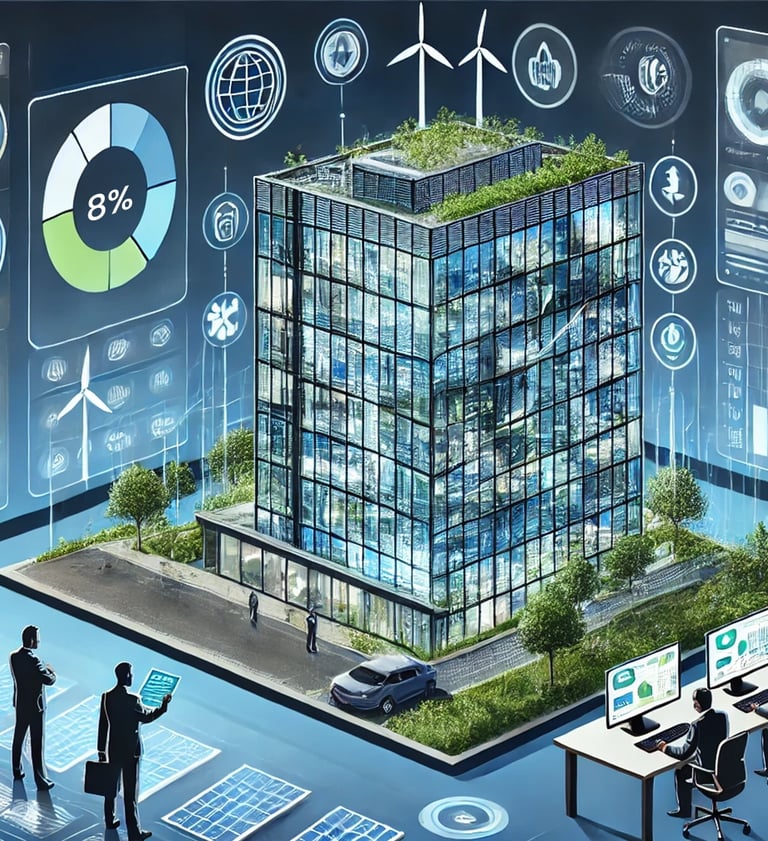

For example, in my recent work with the World Health Organization, I developed machine learning models to predict disease outbreaks across Africa. By integrating climate, environmental, and demographic data, I could identify patterns and make accurate predictions. However, as the paper points out, understanding disease transmission requires more than environmental data. Incorporating human factors such as migration patterns, education levels, and water sanitation conditions would have provided an even clearer picture of how diseases spread.
Disease prediction and modeling for the WHO
The Future of Digital Twins: A Blend of Technology and Human Behavior
The digital twin of the Earth's ability to combine environmental data with human actions sets it apart. We are not passive observers in this system; our behaviors, policies, and decisions directly shape the world around us. By integrating this human element, digital twins can provide more accurate predictions and help us tackle challenges like climate change and public health crises.
The paper also emphasizes the need for detailed case studies that show how digital twins work in practice. We need real-world examples to understand the full impact this technology can have. Additionally, making digital twins accessible to all is crucial. Open access and inclusive governance will be essential to democratizing this powerful tool.
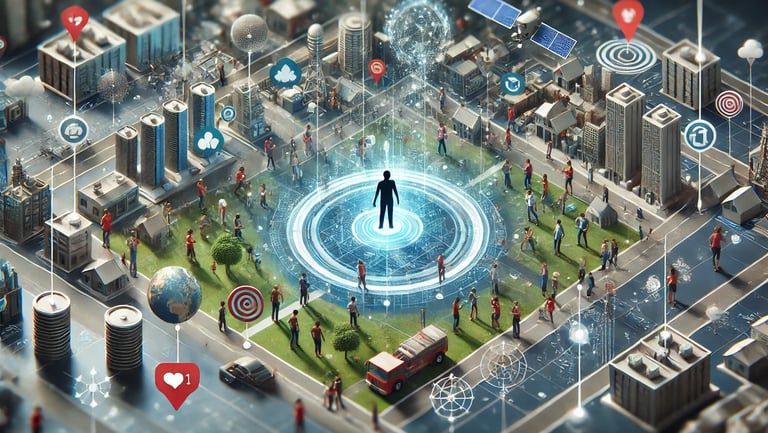

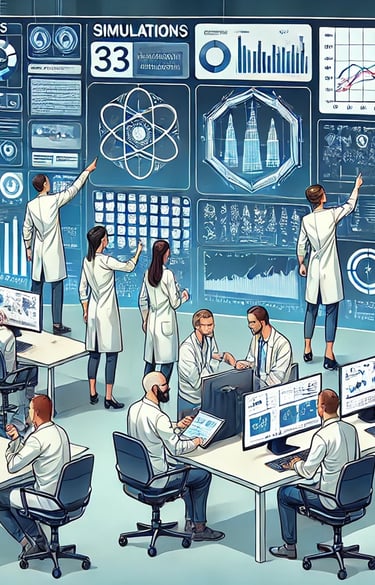

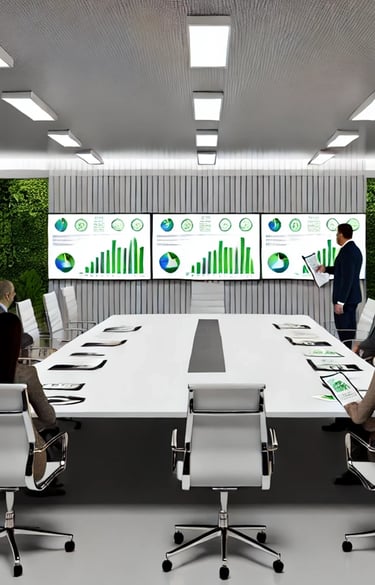

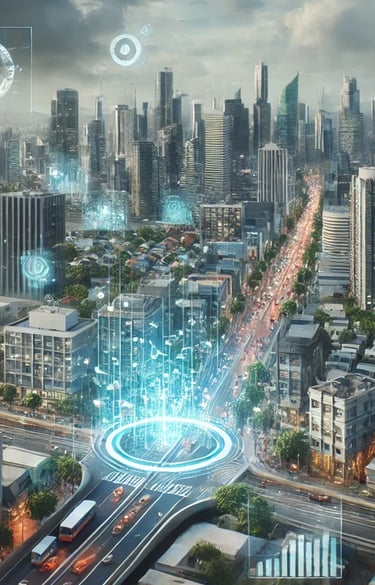

Why Should You Care About Digital Twins?
Science
Business
Government
Digital twins are cutting-edge in climate modeling and public health strategies. They push the boundaries of what we can predict, offering insights into how our actions today will shape tomorrow's world. By integrating human activities into these models, we can make more informed decisions about reducing emissions and preparing for future pandemics.
For businesses, digital twins offer a unique opportunity to model their operations' environmental impact and assess the success of their sustainability programs. Whether a local government is planning for rising sea levels or a company is looking to reduce its carbon footprint, digital twins provide the data-driven insights needed to make better decisions.
My Expertise in Digital Twins
With my extensive background in AI, machine learning, and geospatial analytics, I am uniquely positioned to help organizations harness the power of digital twins. From project conceptualization to data integration and real-time simulations, I have the technical expertise to deliver end-to-end solutions that drive operational efficiency and improve decision-making.
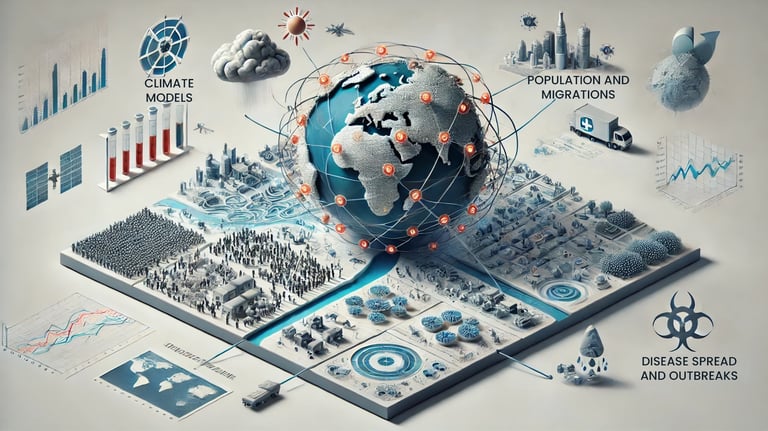

My work with global organizations, including the World Health Organization, has equipped me to tackle some of the most pressing challenges in public health and environmental monitoring. Whether you're looking to predict disease outbreaks, optimize healthcare infrastructure, or develop more intelligent responses to climate change, I can help you leverage digital twin technology to achieve your goals.
A Future Driven by Data
In a world increasingly affected by climate change and public health crises, digital twins offer a new way to understand and mitigate these challenges. Integrating real-time data and human actions provides a comprehensive view of how our planet is evolving and how we can best protect it.
The future of decision-making is here—and digital twins are at its core. Let's explore how this revolutionary technology can transform how we address global challenges and build a more sustainable, resilient future.
If you're ready to dive into the world of digital twins and see how this technology can benefit your organization, let's collaborate to make a real impact. Together, we can shape a healthier, more sustainable future for all.
Reach out to drive market leadership in public health with integrated AI and geospatial innovations like digital twins
Check out the full video where I review this critical research into digital twins.

